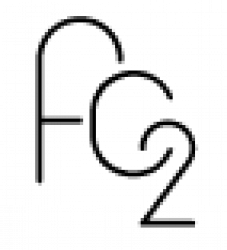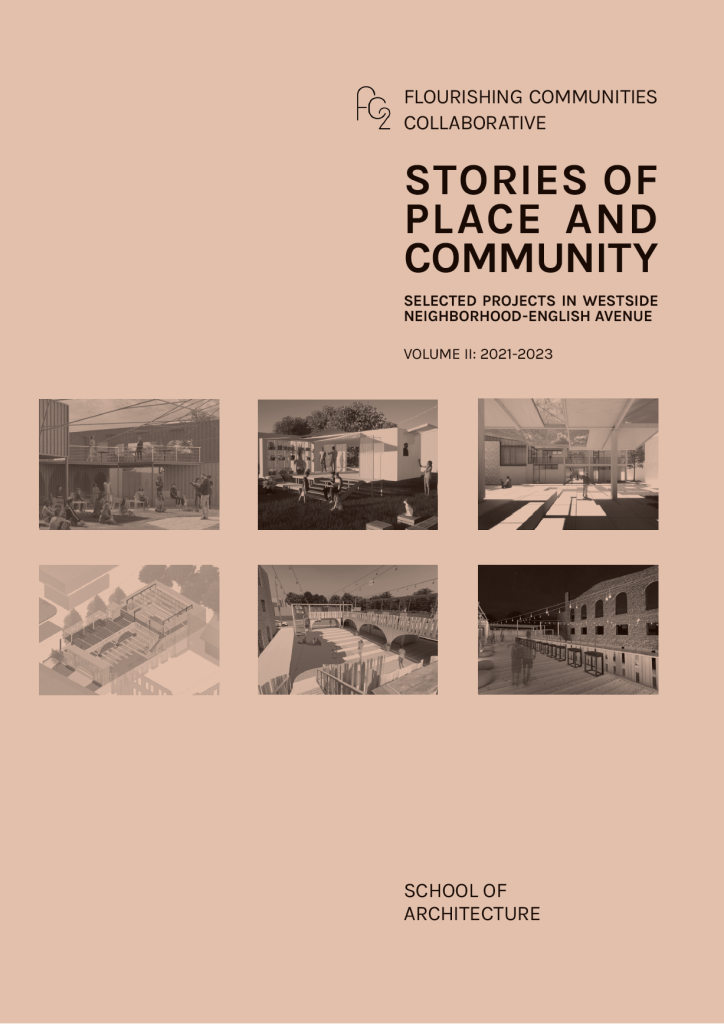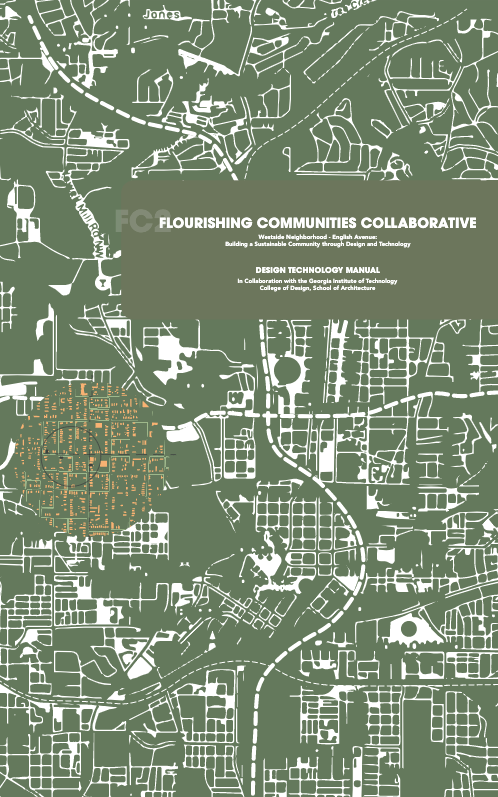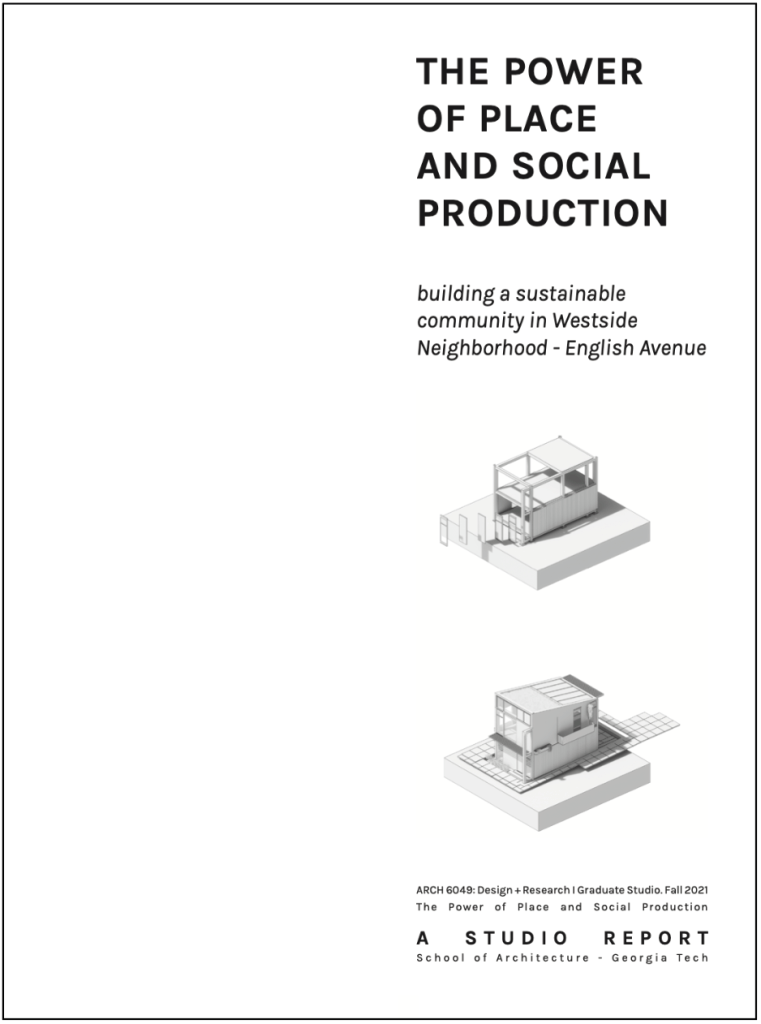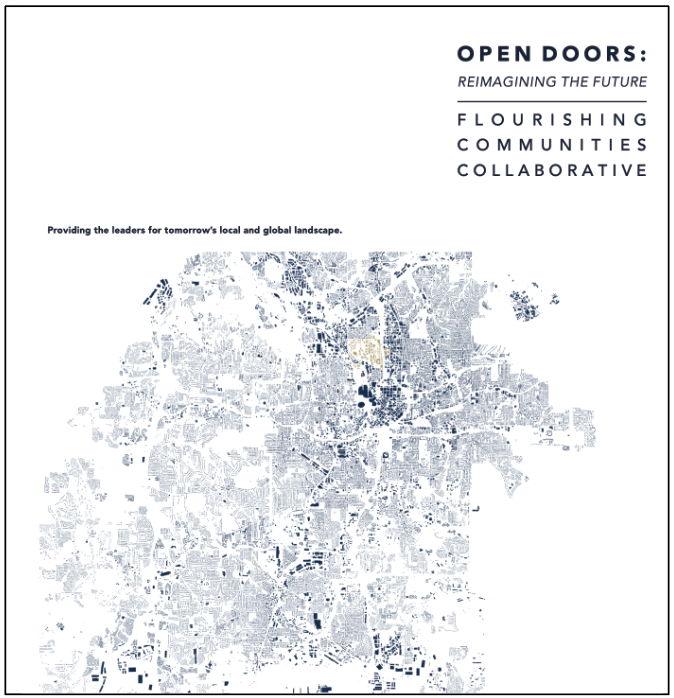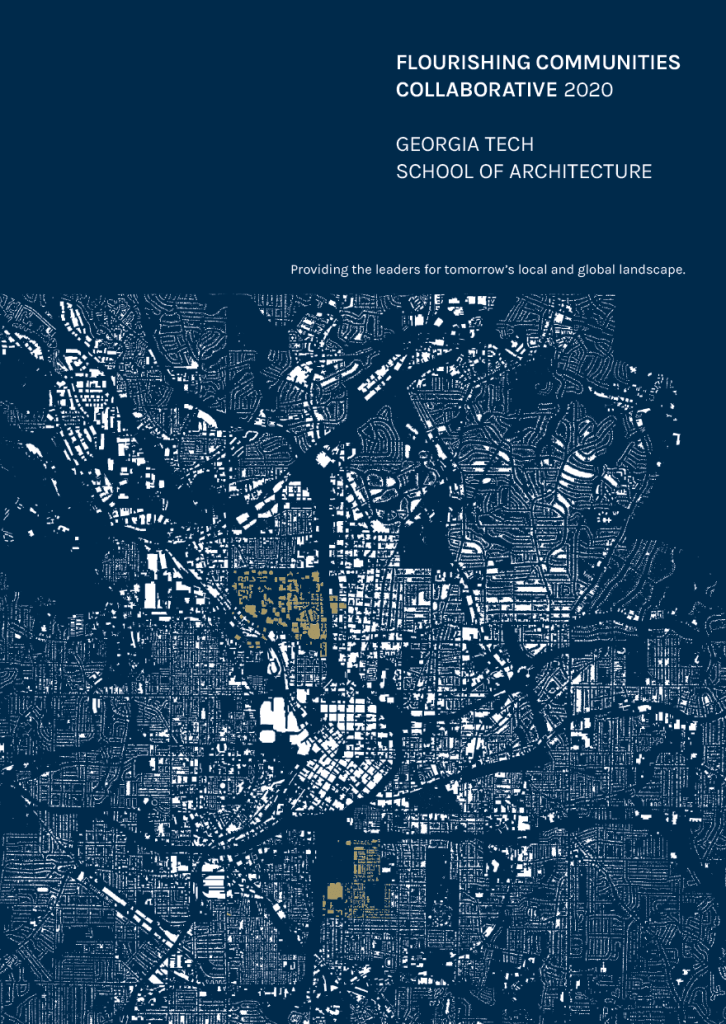OUR BOOKLETS
Stories of Place and Community: Selected Projects In Westside Neighborhood-English Avenue
Since Summer 2021, our work has been focused on the Westside in the English Avenue Neighborhood in Atlanta, Georgia. Today, approximately 44% of homes in the surrounding English Avenue Neighborhood are vacant and two-thirds of the residents live below the federal poverty line. Urgent neighborhood concerns include the existing service desert, hydrology challenges exacerbated by climate change, and mounting, external development pressures. However, the neighborhood is poised for positive change through the Westside Land Use Framework Plan (2017), already approved by the community and city.
In a documentarily vibrant, but rapidly shrinking neighborhood, our work sets positive steps forwards to bolster retention and help in stabilizing the community. Working collaboratively, our applied research and design lab explores and implements initiatives centered on increasing access and promoting justice. The very backbone and foundation of our work empowers communities through acts of design which we see as acts of optimism. We inspire and educate future citizen architects who will create more equitable built environments, furthering the positive social impact of technology for all communities. We are committed to centering the community needs by incorporating community partners in the design and execution of our work.
Addressing the social, economic, and technical needs of Westside Neighborhood – English Avenue, our projects leverage existing community resources to support and build positive neighborhood-based, citizen-centric social impact and justice through design and technology.
Westside Neighborhood English Avenue: Building a Sustainable Community through Design and Technology
In the Spring of 2022, this manual was developed to show the design and construction of projects for a single-family house prototype. The team will approach the project through three related considerations: issues on community and identity, advancements in technology and production, including evaluating opportunities for innovative fabrication/ assembly initiatives and for reuse-repurposing finite resources, and energy performance, resiliency, and sustainability.
The Power of Place and Social Production
This report is based on the work of a Fall 2021 graduate studio: The power of place and social production. We see acts of design, of building, as ones of optimism. Our work seeks to amplify the voices of the community – to use the language of architecture to emphasize the power of place and social engagement. The work in this report highlights that the idea of housing and community are intertwined and employs tactics that empower neighborhoods at multiple scales from the house to the city.
Open Doors: Re-Imagining the Future
The class studied the College Park First United Methodist Church property and adjacent site with a focus on pre-design, programming, site analysis, conceptual cost estimating, and initial architectural concept. course, the students took what they learned from the community and developed recommendations for the property’s function (program), initial feasibility analysis, and conceptual design concepts for the project. This report highlights the work of the studio, and especially the outcomes of collaboration with the community and practitioners.
Flourishing Communities Collaborative 2020
FC2 extends the challenges set forth by “Design for the other 90 [percent]” where designers, engineers, students and professors, architects, and social entrepreneurs from all over the globe are devising cost-effective ways to increase access to food and water, energy, education, and healthcare for those who most need them. This booklet reflects the work that students, practitioners, and professors have collaborated on for the last four years.
